All righty folks.
Big progress tonight.
I stopped by a local store with the intention of buying a puller to liberate the spindle pulley.
Turns out they have a program where they sell you the tool and you can bring it back and get a full refund. How cool is that?
So I pulled the puller out of the case and pulled the pulley. (see what I did there?

)
A bit of clean up required here!
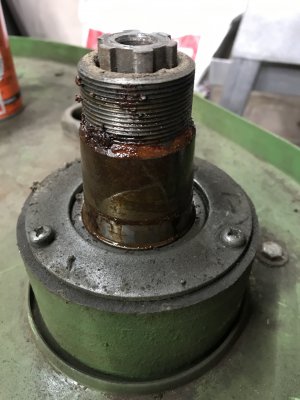
Pulley bore.
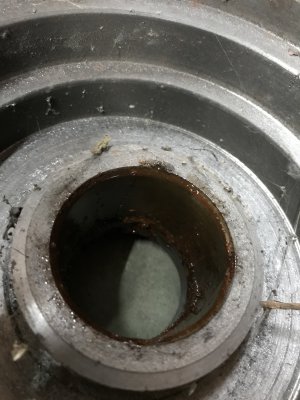
Since I had the sheet metal off I snapped a couple of the inside of the head. Not a pretty sight. For some odd reason there were two pieces of corrugated cardboard inside the head. Odd, very odd...
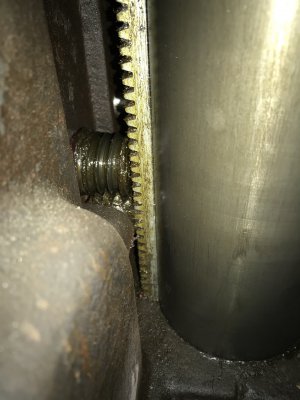
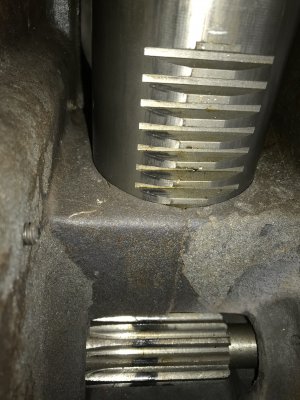
Then I pulled the table. This is the top of the Y-axis. A bit of cleanup required.
I didn't take a pic of the lead screw but it's in excellent condition.
One thing I noticed is that that nut isn't split to allow for backlash adjustment like I've seen on other RF's. Which would explain why I don't have a hole to make any adjustment. Yes, those are spider webs...
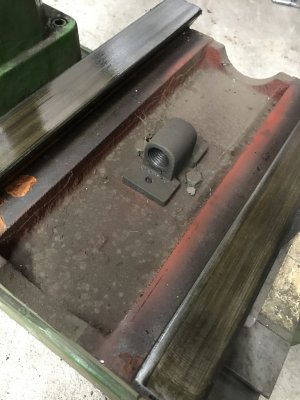
Here's the bottom of the Y-axis. This was pretty challenging to remove because I had to unbolt the leadscrew nut by sticking my ratchet underneath and try to locate the bolt and loosen it.
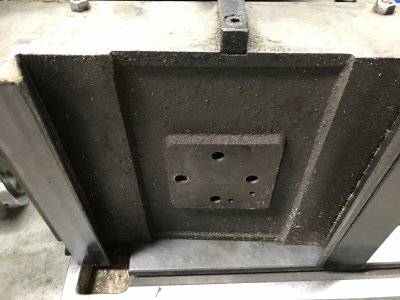
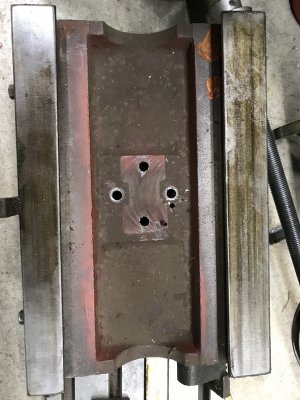
Overall I'm impressed by the condition. Bolts came loose easily which is always my hope. The only thing that was a problem was the Y-axis gib would not come out by turning the adjustment screw even when the lock was fully removed. That will need some investigation.








